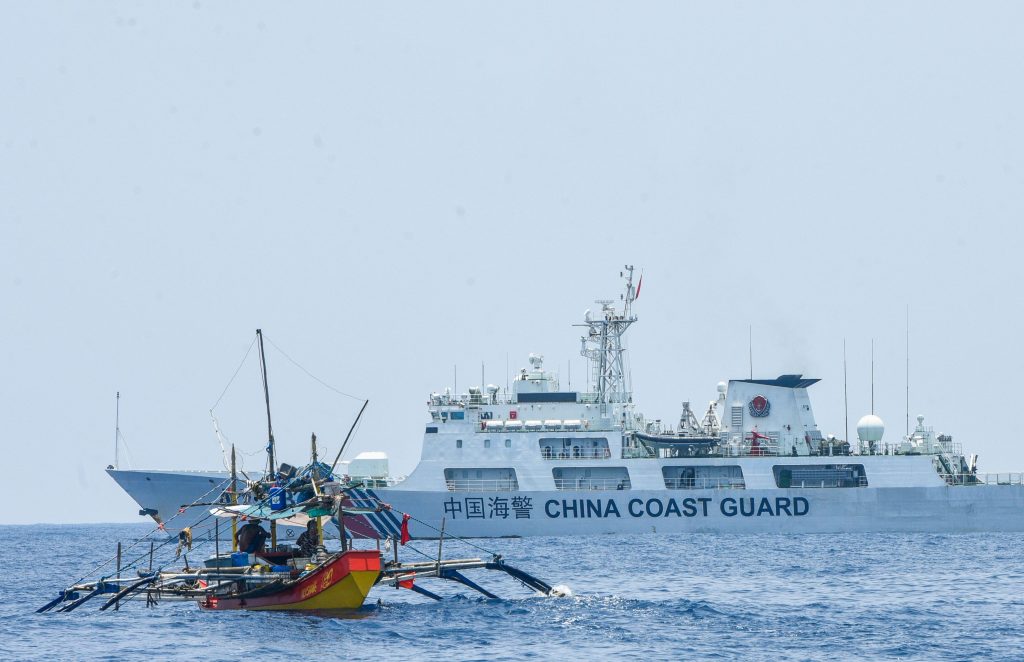Context:
Recently, the Philippine President signed two laws to extend the country’s maritime territories and right to resources in the South China Sea.
More on the News
- The Philippines President signed the laws namely, the Philippine Maritime Zones Act and the Philippine Archipelagic Sea Lanes Act.
- The Philippines claims these laws comply with the United Nations Convention on the Law of the Sea (UNCLOS).
- These laws further gained Phillippine’s rejection of China’s claims of the entire sea passage in the South China Sea.
About Phillippine’s Laws
- Philippine Maritime Zones Act: It establishes and affirms the boundaries of Phillippine maritime territories and resources, including its Exclusive Economic Zone (EEZ). It also asserts its sovereignty under the U.N. Convention on the Law of the Sea (1982).
- Philippine Archipelagic Sea Lanes Act: It allows the Philippines to designate sea lanes and air routes in the archipelago where foreign ships and aircraft could transit under its regulation and in compliance with international law.
China’s Opinion on the Laws
- China’s Foreign Ministry condemned the move as an attempt to “solidify the illegal ruling of the South China Sea arbitration case through domestic legislation.”
- The Chinese Foreign Ministry also said the move “seriously infringes on China’s territorial sovereignty and maritime rights and interests in the South China Sea.”
About South China Sea’s Dispute

- It is one of the most strategically and economically important waterways in the world.
- It extends from the Strait of Malacca in the southwest, to the Strait of Taiwan in the northeast.
- It is a maritime gateway for shipping between the Pacific and Indian Oceans.
- It is surrounded by several countries, including China, Taiwan, the Philippines, Malaysia, Brunei, Indonesia, Singapore, Cambodia, Thailand, and Vietnam.
China’s Claim over the Sea: Dispute between Scarborough Shoal (between China and Phillippines).
- 9 dash line: In 1947, the nationalist Kuomintang party of China issued a map with the so-called “nine-dash line”.
- It runs as far as 2,000 km from the Chinese mainland and encircles Beijing’s claimed waters and islands of the South China Sea claiming as much as 90% of the sea.
- China’s claim: China claimed the sea feature as part of its territory in recent decades and started to refer to it as Huangyan (Yellow Rock) Island.
- In 2012, Beijing seized control of it and forced Filipino fishermen to travel farther for smaller catches.
- Developmental activities by China: These include Piling sand onto existing reefs; Military outposts in Paracel and Spratly Islands; Deploying fighter jets, cruise missiles, and a radar system; Installation of barriers at the Scarborough Shoal; Construction of artificial islands in the Spratly Islands
- Philippines’ claim: The Philippines continues to insist that it has fishing rights over the disputed area because it is part of its Exclusive Economic Zone (EEZ).
The South China Sea is rich in natural resources, including oil, gas, and fisheries, and serves as a crucial trade route for various economies.
In 2016, the Permanent Court of Arbitration (PCA) ruled in favour of the Philippines and finds the “nine-dash line” has no legal basis.
- Scarborough Shoal is not an island, but a rock feature, and is not entitled to an EEZ or a continental shelf.
India: In 2023, a joint statement between India and the Philippines called for China to adhere to the rules-based maritime order and acknowledge the International Court of Justice (ICJ) Ruling (2016) in favour of the Philippines.

